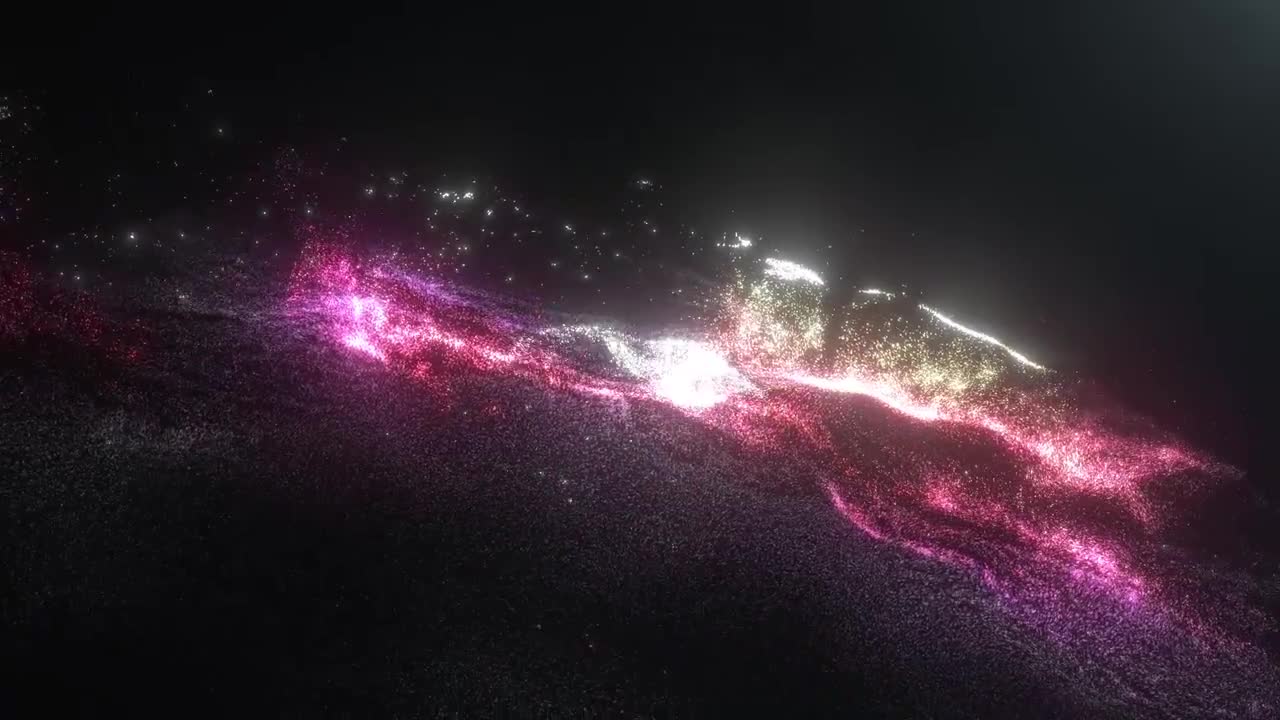
If you would like some more information about 2D, the section on 2-Dimensional imaging at is very informative with excellent graphical explanations. While this mode is useful to accurately represent the 2- dimensional structure of the underlying tissues, it does not resolve rapid movements well and may misrepresent the 3-dimensional nature of structures. Figure 1: An example of 2D imaging: From The main uses for 2-D mode are to measure cardiac chamber dimensions, assess valvular structure and function, estimate global and segmental ventricular systolic function and improve accuracy of interpretation of Doppler modalities.

Deeper structures are displayed on the lower part of the screen and superficial structures on the upper part. On a grey scale, high reflectivity (bone) is white low reflectivity (muscle) is grey and no reflection (water) is black. A frame rate of at least 20 frames per second is needed to give a realistic illusion of motion. Multiple images of the field or frames are generated every second on the screen, giving an illusion of movement. Depending on the probe used, the shape of this field could be a sector – commonly seen with Echo and abdominal ultrasound probes or rectangular or trapezoid – seen with superficial or vascular probes. The field of view is the portion of the organs or tissues that are intersected by the scanning plane. This is the most intuitive of all modes to understand. It is a 2 dimensional cross sectional view of the underlying structures and is made up of numerous B-mode (brightness mode) scan lines. This is the default mode that comes on when any ultrasound / echo machine is turned on.

The principal modes of ultrasound used in echocardiography are


 0 kommentar(er)
0 kommentar(er)
